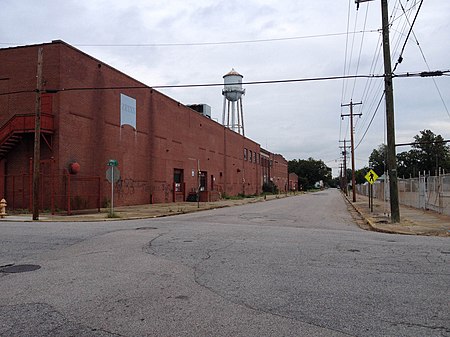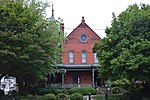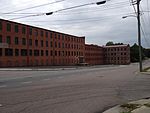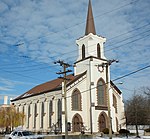Commerce Street Industrial Historic District
Buildings and structures in Petersburg, VirginiaCentral Virginia Registered Historic Place stubsColonial Revival architecture in VirginiaHistoric districts on the National Register of Historic Places in VirginiaIndustrial buildings and structures on the National Register of Historic Places in Virginia ... and 3 more
NRHP infobox with nocatNational Register of Historic Places in Petersburg, VirginiaUse mdy dates from August 2023

Commerce Street Industrial Historic District is a national historic district located at Petersburg, Virginia. The district includes 12 contributing buildings and 1 contributing structure located in a predominantly industrial section of Petersburg. It is dominated by four early-20th century industrial complexes – Petersburg Trunk and Bag Company (c. 1915), Titmus Optical Company (c. 1919), Rogers and Madison Trunk Corporation (c. 1921), and Southern Chemical Company (c. 1925).It was listed on the National Register of Historic Places in 2008.
Excerpt from the Wikipedia article Commerce Street Industrial Historic District (License: CC BY-SA 3.0, Authors, Images).Commerce Street Industrial Historic District
Commerce Street, Petersburg
Geographical coordinates (GPS) Address Nearby Places Show on map
Geographical coordinates (GPS)
| Latitude | Longitude |
|---|---|
| N 37.224722222222 ° | E -77.421666666667 ° |
Address
Commerce Street 1107
23803 Petersburg
Virginia, United States
Open on Google Maps










